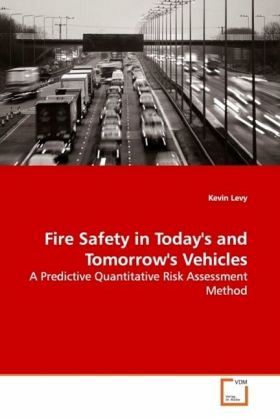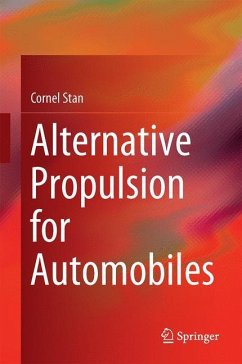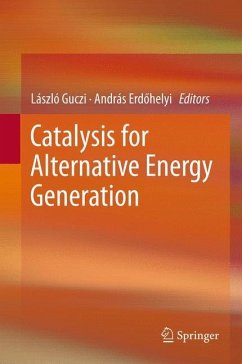
Fire Safety in Today's and Tomorrow's Vehicles
A Predictive Quantitative Risk Assessment Method
Versandkostenfrei!
Versandfertig in 6-10 Tagen
32,99 €
inkl. MwSt.

PAYBACK Punkte
16 °P sammeln!
This book considers fire hazards in the existing vehicle fleet and uses failure modes and effects analyses of three generic designs to identify and rank potential fire hazards in the Emerging Fuel Vehicle (EFV) fleet. A statistics based predictive quantitative risk assessment framework and estimated uncertainty analysis is presented to predict risk of EFV fleets. The analysis also determines that the frequency of fire occurrence is the greatest factor that contributes to risk of death in fire. These preliminary results predict 420±14 fire related deaths per year for a fleet composed entirely ...
This book considers fire hazards in the existing
vehicle fleet and uses failure modes and effects
analyses of three generic designs to identify and
rank potential fire hazards in the Emerging Fuel
Vehicle (EFV) fleet. A statistics based predictive
quantitative risk assessment framework and estimated
uncertainty analysis is presented to predict risk of
EFV fleets. The analysis also determines that the
frequency of fire occurrence is the greatest factor
that contributes to risk of death in fire. These
preliminary results predict 420±14 fire related
deaths per year for a fleet composed entirely of
gasoline-electric hybrid vehicles, 910±340 for
compressed natural gas vehicles, and 1300±570 for
hydrogen fuel-cell vehicles relative to the
statistical record of 350 for traditional fuel
vehicles. The results are intended to provide vital
fire safety information to the traveling public as
well as to emergency responsepersonnel to increase
safety when responding to EFV fire hazards.
vehicle fleet and uses failure modes and effects
analyses of three generic designs to identify and
rank potential fire hazards in the Emerging Fuel
Vehicle (EFV) fleet. A statistics based predictive
quantitative risk assessment framework and estimated
uncertainty analysis is presented to predict risk of
EFV fleets. The analysis also determines that the
frequency of fire occurrence is the greatest factor
that contributes to risk of death in fire. These
preliminary results predict 420±14 fire related
deaths per year for a fleet composed entirely of
gasoline-electric hybrid vehicles, 910±340 for
compressed natural gas vehicles, and 1300±570 for
hydrogen fuel-cell vehicles relative to the
statistical record of 350 for traditional fuel
vehicles. The results are intended to provide vital
fire safety information to the traveling public as
well as to emergency responsepersonnel to increase
safety when responding to EFV fire hazards.












